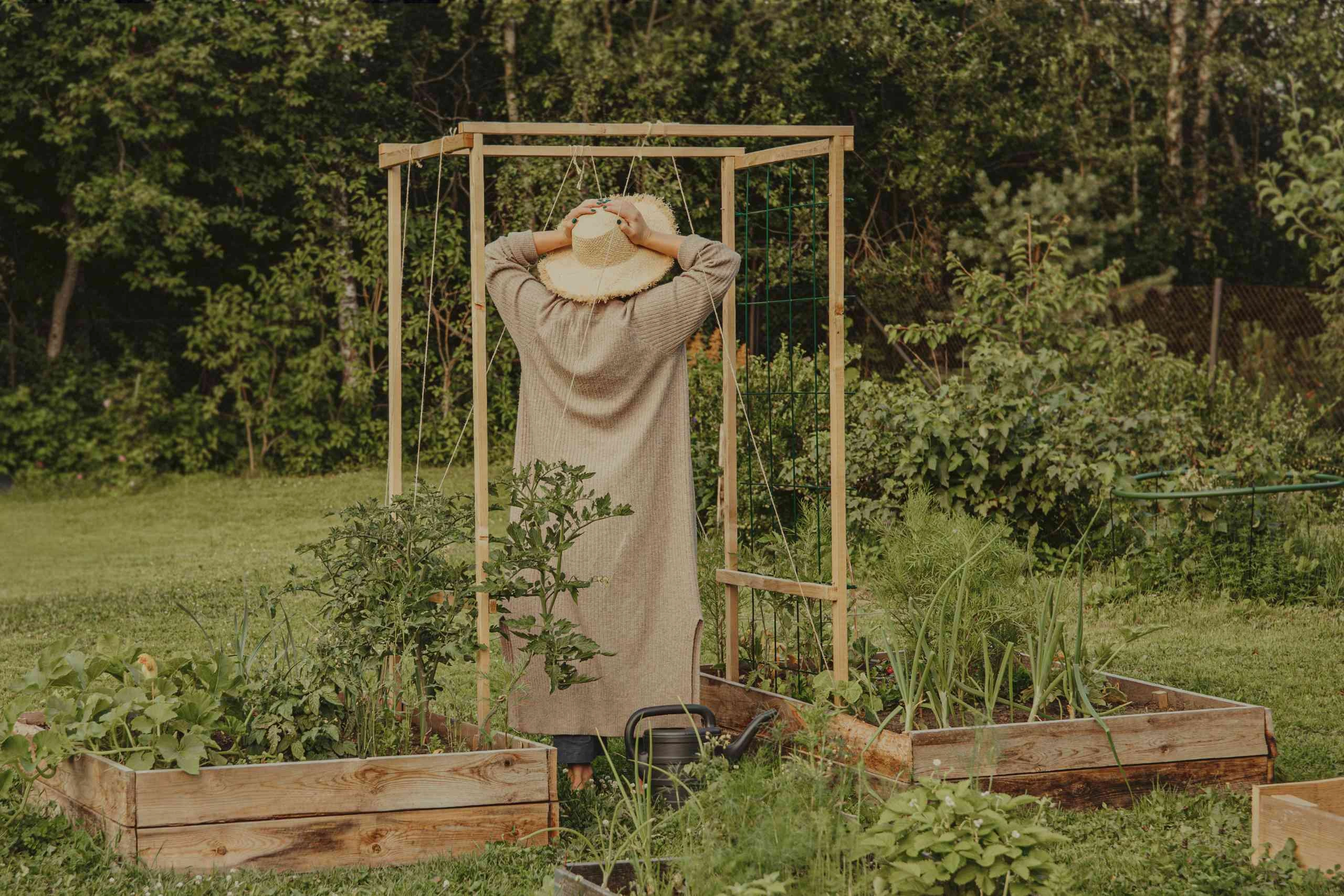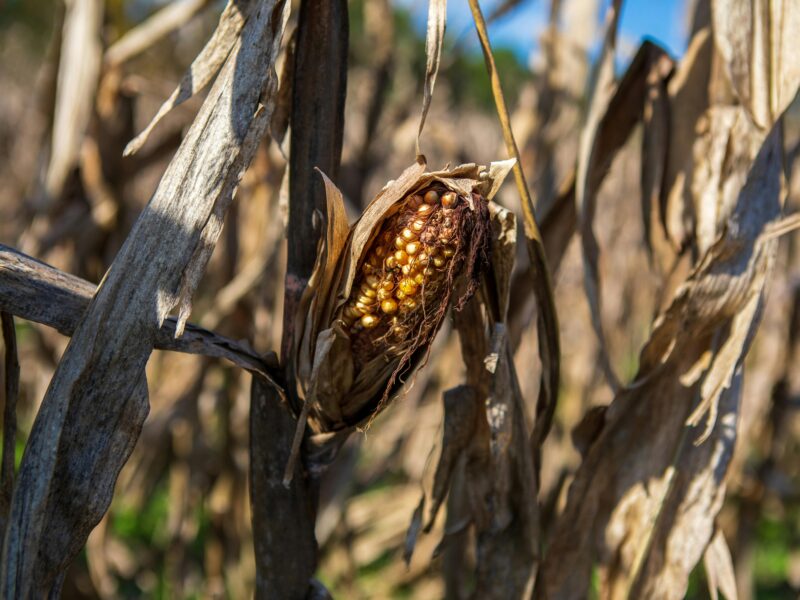Gardening can be a fulfilling and therapeutic hobby, but it also comes with its share of challenges. Even seasoned gardeners can make mistakes that lead to less-than-optimal plant growth, pest problems, or even plant death. The good news is that most common gardening mistakes are easy to avoid once you’re aware of them. In this post, we’ll explore some of the most frequent gardening errors and provide tips on how to avoid them, so you can cultivate a greener, healthier garden.
1. Overwatering or Underwatering: Finding the Right Balance
Watering is one of the most critical aspects of gardening, yet it’s easy to get it wrong. Overwatering can drown plants, leading to root rot, while underwatering can leave them dehydrated and stressed.
How to Avoid Watering Mistakes:
- Know Your Plants’ Needs: Different plants have different water requirements. Some, like succulents, thrive in dry conditions, while others, like ferns, need consistently moist soil. Research the specific watering needs of each plant in your garden.
- Check Soil Moisture: Before watering, check the soil moisture by sticking your finger an inch or two into the soil. If it feels dry at that depth, it’s time to water. If it’s still moist, wait a day or two before checking again.
- Water Deeply, Not Frequently: Watering deeply encourages roots to grow down into the soil, making plants more drought-resistant. It’s better to water thoroughly and less often than to give your plants a light sprinkling every day.
Pro Tip: Use mulch around your plants to help retain soil moisture and reduce the need for frequent watering. Mulch also helps prevent soil erosion and suppresses weeds.
2. Planting in the Wrong Location: Understanding Sun and Shade Requirements
One of the most common gardening mistakes is planting in the wrong location. Some plants thrive in full sun, while others prefer the cool shade. Planting in an unsuitable location can result in poor growth, weak plants, or even death.
How to Avoid Location Mistakes:
- Observe Sun Patterns: Spend time observing how sunlight moves across your garden throughout the day. Identify areas that receive full sun (6+ hours), partial shade (3-6 hours), and full shade (less than 3 hours).
- Choose the Right Plants for the Right Spot: Match plants to the conditions of your garden. Sun-loving plants like tomatoes, peppers, and roses should be planted in areas with full sun, while shade-tolerant plants like hostas, ferns, and impatiens do better in shaded areas.
- Consider Microclimates: Your garden may have microclimates—small areas with slightly different conditions than the rest of the garden. Take advantage of these microclimates by planting species that match those specific conditions.
Pro Tip: Use reflective surfaces, like white walls or mirrors, to direct more light to shaded areas if you’re limited on sunny spots in your garden.
3. Ignoring Soil Quality: The Foundation of Healthy Plants
Healthy plants start with healthy soil. Neglecting soil quality is a common mistake that can lead to poor plant growth, nutrient deficiencies, and increased susceptibility to pests and diseases.
How to Avoid Soil Mistakes:
- Test Your Soil: Conduct a soil test to determine the pH and nutrient levels of your garden soil. You can purchase a soil testing kit or send a sample to a local extension service. Knowing your soil’s composition helps you make informed decisions about fertilization and soil amendments.
- Amend Your Soil: Based on the soil test results, you may need to amend your soil. Add compost or organic matter to improve soil structure, increase nutrient content, and enhance water retention. Lime can raise soil pH, while sulfur can lower it.
- Rotate Crops: If you grow vegetables, practice crop rotation to prevent soil depletion and reduce the buildup of pests and diseases. Rotating crops helps maintain soil fertility and promotes healthy plant growth.
Pro Tip: Regularly add compost to your garden to enrich the soil with nutrients, improve drainage, and encourage beneficial microbial activity.
4. Planting Too Close Together: Giving Plants Room to Grow
It’s tempting to plant densely to create a lush, full garden, but overcrowding can lead to competition for resources, poor air circulation, and an increased risk of disease.
How to Avoid Overcrowding:
- Follow Spacing Guidelines: Each plant has specific spacing requirements, which are usually indicated on seed packets or plant labels. Follow these guidelines to ensure that your plants have enough room to grow and develop properly.
- Thin Seedlings: If you’re starting plants from seed, be sure to thin seedlings according to the recommended spacing. This involves removing excess seedlings to allow the remaining ones to thrive.
- Consider Plant Size at Maturity: When planning your garden, consider the mature size of each plant. A small seedling may seem to fit perfectly, but as it grows, it could crowd out its neighbors or overshadow smaller plants.
Pro Tip: Plant in layers by placing taller plants at the back or center of a bed and shorter plants at the front or edges. This not only maximizes space but also ensures that all plants receive adequate sunlight.
5. Neglecting Pruning: Keeping Plants Healthy and Productive
Pruning is an essential gardening practice that helps maintain plant health, shape, and productivity. Neglecting to prune can lead to overgrown, unruly plants that are more susceptible to disease and produce fewer flowers or fruits.
How to Avoid Pruning Mistakes:
- Prune at the Right Time: The best time to prune depends on the type of plant. For example, prune spring-flowering shrubs right after they bloom, and prune fruit trees in late winter or early spring before new growth starts.
- Use the Right Tools: Invest in quality pruning shears, loppers, and saws. Sharp tools make clean cuts, reducing the risk of damaging your plants and preventing the spread of disease.
- Know What to Remove: Start by removing dead, damaged, or diseased branches. Then, thin out overcrowded areas to improve air circulation and shape the plant as needed.
Pro Tip: Regularly sanitize your pruning tools with rubbing alcohol or a bleach solution to prevent the spread of diseases between plants.
6. Over-Fertilizing: More Isn’t Always Better
While fertilizing is important for plant growth, too much fertilizer can do more harm than good. Over-fertilizing can lead to nutrient imbalances, excessive leaf growth at the expense of flowers or fruits, and even root burn.
How to Avoid Fertilization Mistakes:
- Test Before You Feed: A soil test will help you determine what nutrients your garden needs. Only apply fertilizer if there’s a deficiency and follow the recommended application rates.
- Choose the Right Fertilizer: Different plants have different nutrient needs. For example, leafy greens benefit from nitrogen-rich fertilizers, while flowering plants need more phosphorus. Choose a fertilizer that’s appropriate for the plants you’re growing.
- Use Organic Fertilizers: Organic fertilizers, like compost, manure, and fish emulsion, release nutrients slowly and improve soil health over time. They’re less likely to cause nutrient imbalances or harm your plants.
Pro Tip: Apply fertilizer during the growing season, when plants are actively taking up nutrients. Avoid fertilizing in late fall or winter, as this can encourage new growth that’s vulnerable to frost damage.
7. Ignoring Pest Problems: Early Intervention is Key
Pests are an inevitable part of gardening, but ignoring them can lead to widespread damage and unhealthy plants. Early detection and intervention are crucial for keeping your garden pest-free.
How to Avoid Pest Problems:
- Regularly Inspect Your Plants: Take the time to regularly inspect your plants for signs of pests, such as chewed leaves, discolored spots, or visible insects. Early detection allows you to take action before the problem gets out of hand.
- Encourage Beneficial Insects: Not all insects are harmful—many, like ladybugs and spiders, are natural predators of common garden pests. Encourage these beneficial insects by planting flowers and herbs that attract them, such as marigolds, dill, and yarrow.
- Use Natural Pest Control Methods: If you spot pests, try natural control methods first. Hand-picking, neem oil, insecticidal soap, and companion planting are effective ways to manage pests without harmful chemicals.
Pro Tip: Practice crop rotation and diversify your plantings to reduce the risk of pest infestations. Pests are less likely to spread in a garden with a variety of plant species.
8. Neglecting Seasonal Care: Adjusting Your Approach Throughout the Year
Gardening is a year-round activity, and neglecting seasonal care can lead to problems down the line. Each season presents different challenges and opportunities, so it’s important to adjust your approach as the seasons change.
How to Avoid Seasonal Gardening Mistakes:
- Spring: Start your garden with healthy soil and select plants that are appropriate for the season. Spring is also the time to prune early-blooming shrubs and prepare your garden beds for planting.
- Summer: As temperatures rise, monitor your plants for signs of heat stress and water them deeply and regularly. Mulch helps conserve moisture and keep the soil cool.
- Fall: Fall is the time to plant cool-season crops, divide perennials, and prepare your garden for winter. Clean up fallen leaves and debris to prevent pests and diseases from overwintering in your garden.
- Winter: Protect tender plants from frost by covering them or bringing them indoors. Winter is also a good time to plan for the next growing season, order seeds, and sharpen your gardening tools.
Pro Tip: Keep a gardening calendar or journal to track important seasonal tasks and ensure you’re staying on top of your garden’s needs throughout the year.
Gardening is a journey of learning and growth, and mistakes are a natural part of the process. By being aware of these common gardening mistakes and taking steps to avoid them, you can set your garden up for success and enjoy the rewards of healthy, thriving plants.
Remember, every garden is unique, and what works for one gardener may not work for another. Take the time to understand your garden’s specific needs, experiment with different techniques, and most importantly, enjoy the process. With patience, care, and a little bit of knowledge, you’ll soon find yourself cultivating a greener, more bountiful garden.
Happy gardening!


